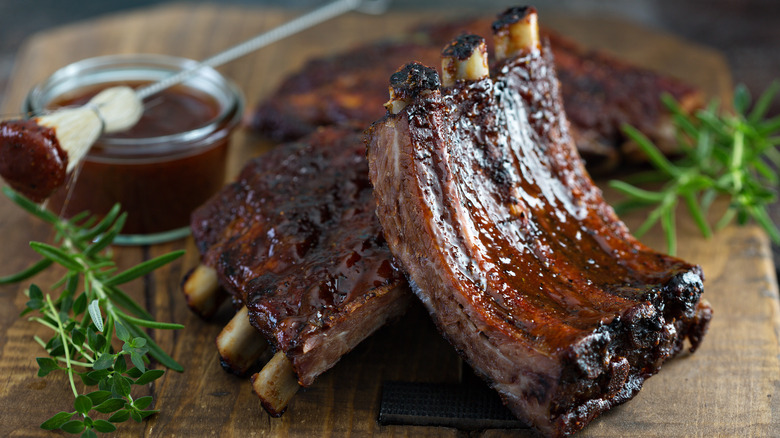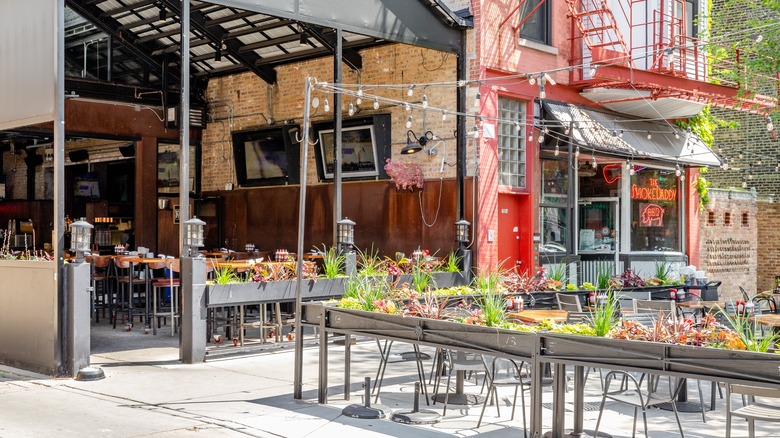What Makes Chicago-Style BBQ Unique?
When you think about Chicago's food scene, deep dish pizza or the fully-loaded Chicago dog probably come to mind before barbecue. But if you aren't considering Chicago as one of the hubs of this American culinary staple, allow us to open your third eye and whet your appetite.
Chicago-style BBQ is less about the ingredients than the methods of preparation, and it comes from years of global influence. Chicago barbecue is considered a fusion of the sweet Southern barbecue and the smoked stylings of Eastern Europe. But to the modern eye, it's all about ribs and the aquarium pit. The aquarium pit is a device which evolved from food safety standards forbidding Southern pit cookers from selling food that was prepared in a hole in the ground. Innovative barbecue cooks devised a box of bricks with stainless steel, topped with a range hood-like roof equipped with a chimney flue for dispelling smoke. Within the box is the fire pit for cooking meat, which also allows barbecue chefs to make wood-burning fires indoors.
Even within Chicago's unique barbecue scene, though, there are sub-sects. Cooks on the South Side are making carryout ribs, pulled pork, and chicken over wood-fire pits and served on white bread, Mississippi Delta style. The "boilbecue" style borrows from the Eastern European influence of boiling ribs until they're fall-off-the-bone tender, then loading 'em with a generous amount of sauce. Some cooks use digital smokers, and other cooks roast their meats without smoking them at all.
The melting pot meets the pit
Pre-Civil War, Black Americans began settling in the North and establishing the culinary powerhouse fans now know as soul food. In the late 1800s, Chicago immigrants from Eastern Europe (namely Poland and Czechoslovakia) brought an expert knowledge of handling sausages and smoked meats. This happened to coincide with the time when Chicago boomed as an industrial meatpacking superpower, from massive slaughterhouses breeding skilled master butchers and the Union Stock Yards as an ultra-efficient distribution center.
Then, migration to Chicago exploded in the early 1900s. Post-Civil War, folks in the South were pushed en masse toward the nation's major Northern cities to find jobs. These middle class home cook foodies brought barbecue and blues music to Chicago, shaping the city's culture forever. The first official barbecue restaurant in Chicago opened in the South Side in the 1930s.
Today, a new sect of fusion barbecuers incorporating Asian flavors are developing the city's multicultural scene even further, like Gyu-Kaku Japanese BBQ in Streeterville. As local tourism site Choose Chicago puts it, "This city does barbecue in all the ways you can imagine." Whether they're chowing down on a rack of ribs, pulled pork sandwich, smoked brisket, barbecued steak, burger, or classic Chicago "gym shoe" sandwich, locals know that their meal comes from decades of honed craft and the best epicure influences from around the world.

